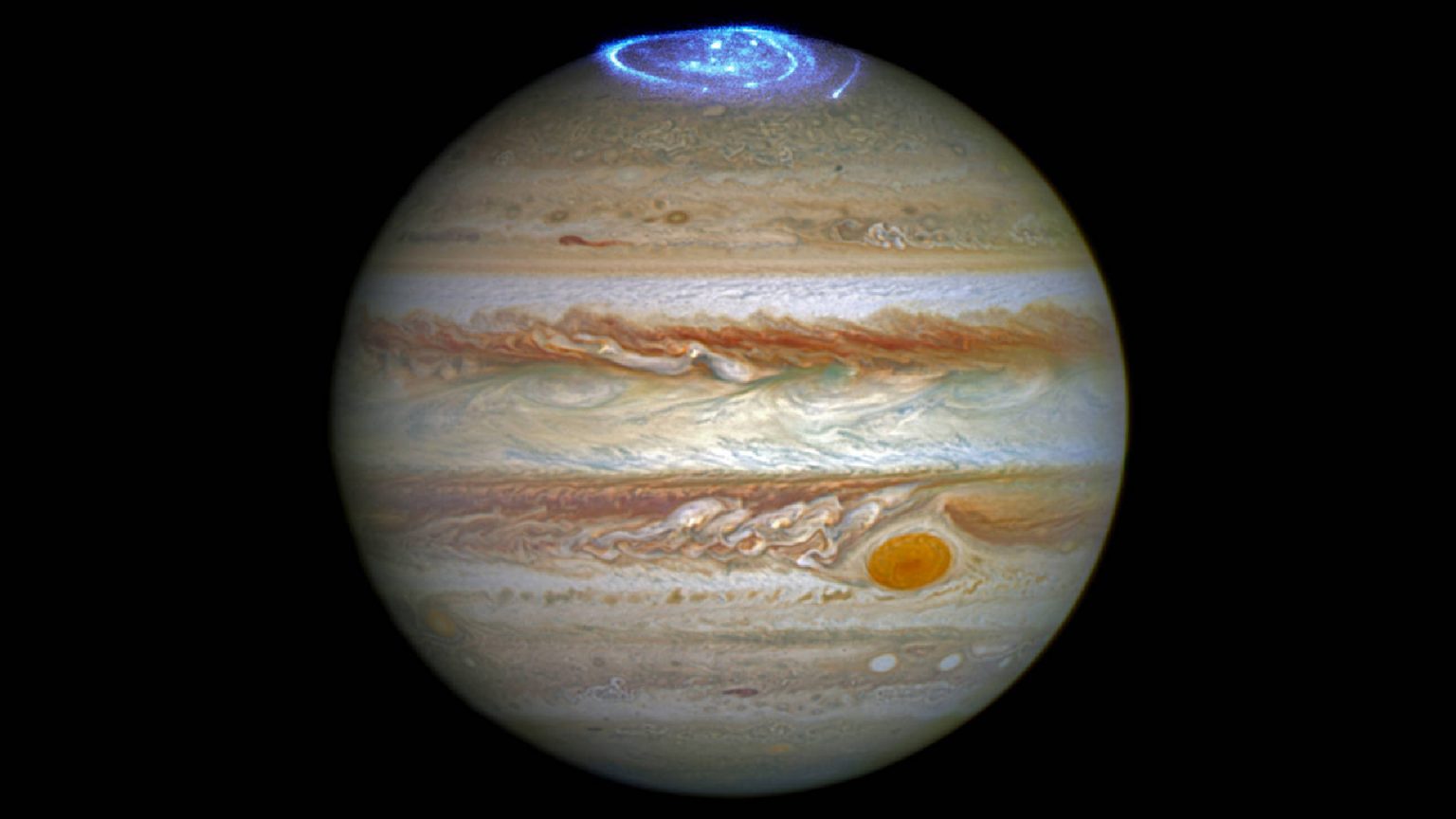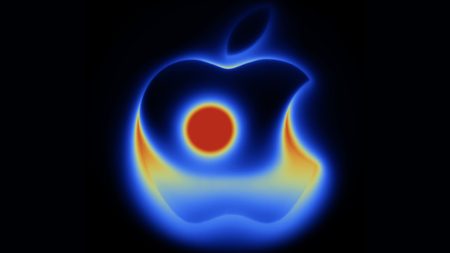Jupiter’s Celestial Show: A Night of Brilliance and Lunar Companions
Tonight, the celestial stage is set for a spectacular performance by the largest planet in our solar system, Jupiter. As its orbit aligns perfectly with Earth, Jupiter will reach peak brightness, outshining all other stars in the night sky. This celestial alignment, known as opposition, occurs when Earth sits directly between the Sun and another planet, creating optimal viewing conditions. Rising in the east-northeast within the constellation Taurus, Jupiter will be a prominent beacon throughout the night. This remarkable display of brilliance won’t be replicated until next December, making tonight a unique opportunity to witness the gas giant in its full splendor.
While visible to the naked eye, the true magnificence of Jupiter is best revealed through binoculars or a telescope. These instruments will allow observers to appreciate intricate details, such as the swirling atmospheric belts that adorn the planet’s surface and the four Galilean moons – Io, Europa, Ganymede, and Callisto – which appear as tiny, bright stars flanking the giant. In addition to these prominent moons, Jupiter boasts a remarkable retinue of 95 officially recognized moons, rocky satellites that orbit the gas giant in a complex dance. These smaller moons, though fainter, contribute to the overall spectacle surrounding Jupiter.
For optimal viewing, find a location with an unobstructed view of the horizon, away from light pollution caused by cityscapes or dense tree lines. Allow your eyes at least 15 minutes to adjust to the darkness, enhancing your ability to perceive fainter objects like Jupiter’s smaller moons and the subtle details within its atmospheric bands. The best viewing window will be between midnight and 5:30 am, when the sky is at its darkest and Jupiter reaches its highest point in the sky.
Taurus: The Celestial Bull and Jupiter’s Host Constellation
Jupiter’s dazzling performance will unfold within the backdrop of the constellation Taurus, a prominent fixture in the Northern Hemisphere’s winter sky. Located northeast of the easily identifiable constellation Orion, Taurus is easily located with the help of stargazing apps available for both iPhone and Android devices. Known for its bright star Aldebaran, which has a distinct orange hue, Taurus is one of the twelve zodiac constellations, those that lie along the path the Sun appears to travel throughout the year.
In the coming weeks, Jupiter’s celestial journey will continue, bringing it closer to the nearly full moon and Aldebaran around December 14th. This period coincides with the peak of the Geminid meteor shower, a celestial event that promises up to 150 shooting stars per hour. While the bright moonlight might hinder the viewing of fainter meteors, the more brilliant ones will still be visible, creating a stunning display of streaking light across the sky.
A Cosmic Symphony: The Geminid Meteor Shower Amidst Jupiter’s Radiance
As Jupiter dominates the night sky, the Geminid meteor shower adds another layer of celestial wonder to mid-December nights. Between December 14th and 15th, numerous meteors will streak across the sky, leaving luminous trails in their wake. Despite the full moon’s brilliance, many of these meteors will be bright enough to be seen with the naked eye, adding a dynamic element to the celestial landscape already graced by Jupiter’s presence.
While the Geminids will undoubtedly put on a show, the full moon’s light will wash out some of the fainter meteors, making viewing conditions less than ideal. Nonetheless, the brightest meteors, known for their long, persistent trails, will still be visible, adding a touch of fleeting brilliance to the night sky. The combination of Jupiter’s steady radiance and the sporadic bursts of the Geminid meteors will create a unique celestial spectacle.
Exploring Our Solar Neighborhood: A Glimpse Beyond Jupiter
Jupiter’s prominence in the night sky offers a reminder of the vast and diverse solar system we call home. Our solar system consists of eight planets, each with its unique characteristics and orbiting the Sun at varying distances. Earth, the third planet from the Sun, is our home and a point of reference for understanding the vastness and complexity of our cosmic neighborhood. From Mercury, the smallest and closest planet to the Sun, to Neptune, the ice giant at the outer edge, each planet offers fascinating insights into the processes that shaped our solar system. And beyond Neptune, in the distant Kuiper Belt, lies Pluto, a dwarf planet that reminds us that our understanding of the solar system is constantly evolving.











